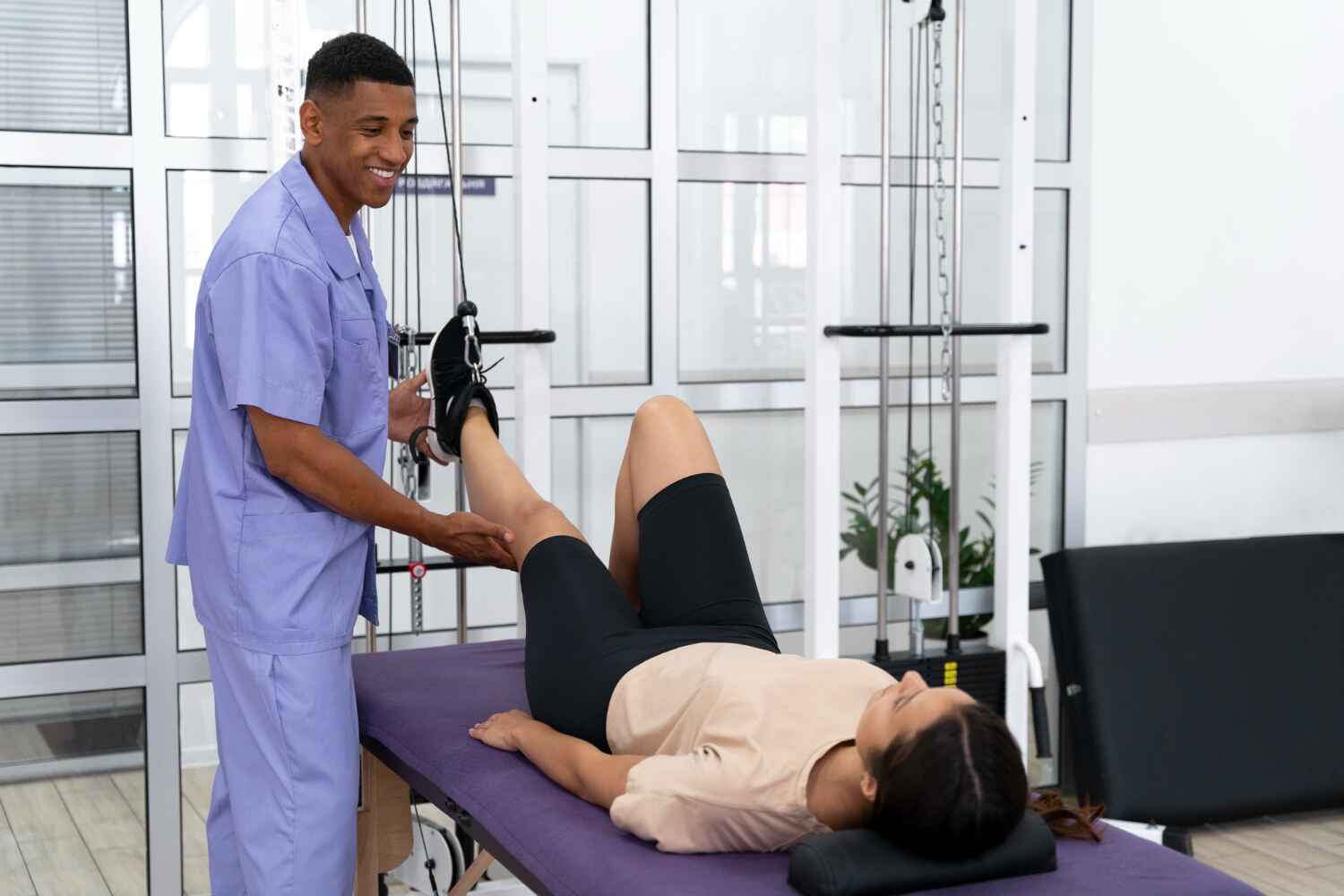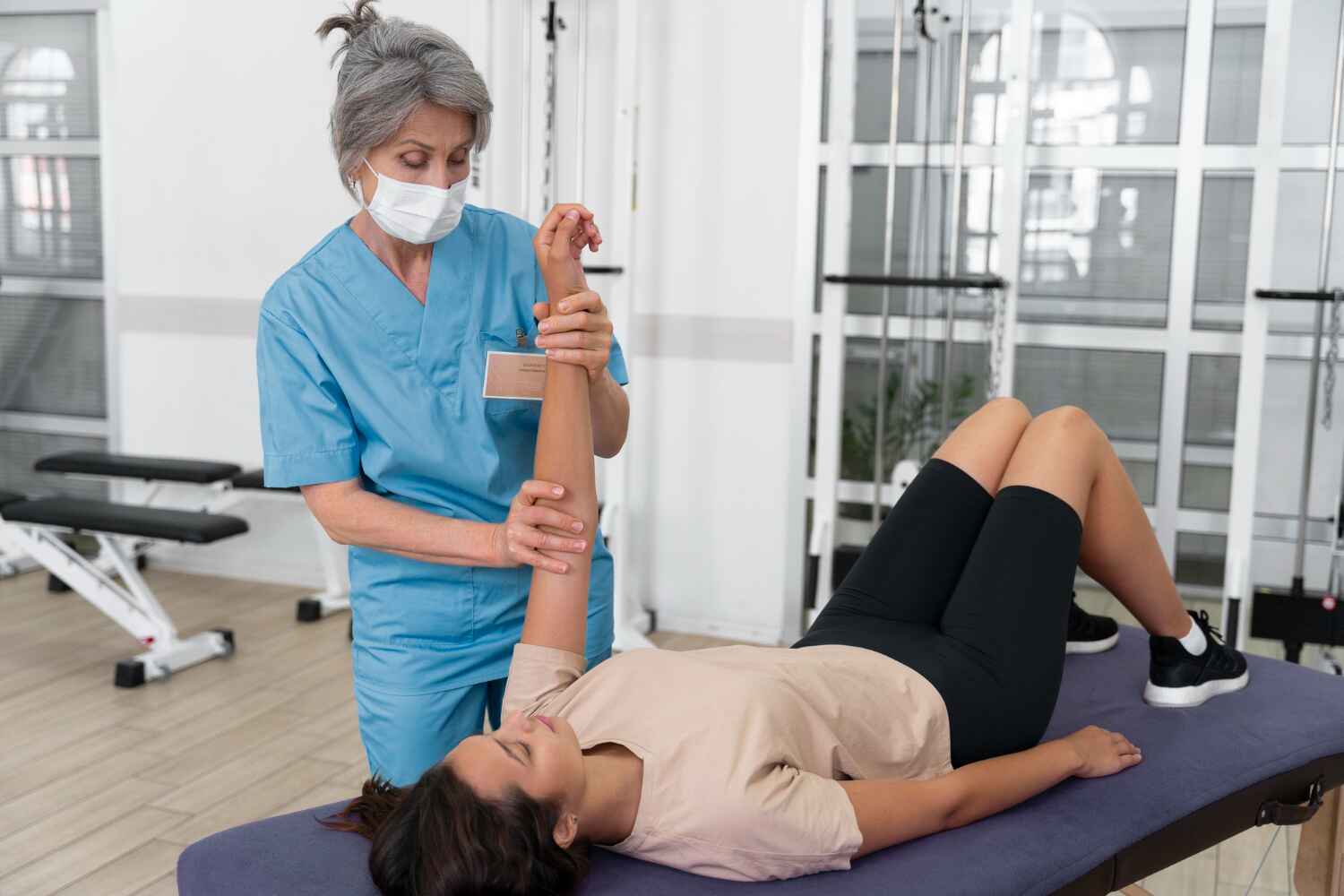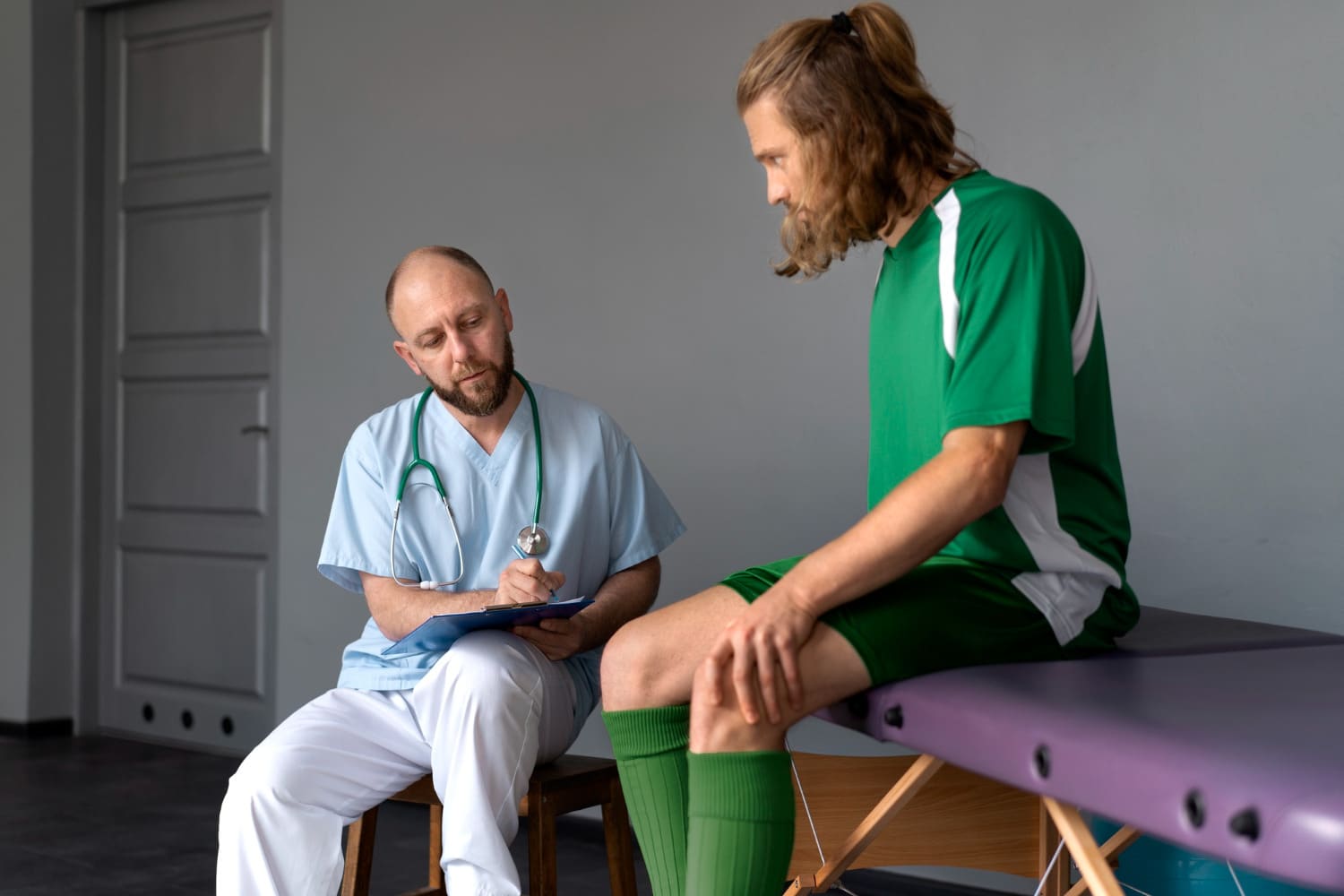In the world of sports, where the pursuit of victory often goes hand in hand with the risk of injury, the field of orthopedic surgery and sports medicine stands as a beacon of hope for athletes. Whether on the field, court, track or in the gym, athletes put their bodies through rigorous demands, making them susceptible to various injuries. However, with the expertise of orthopedic surgeons and the specialized care provided by sports medicine professionals, athletes can find effective treatment and rehabilitation to get back to what they do best – performing at their peak.
Understanding Orthopedic Surgery and Sports Medicine
Orthopedic surgery focuses on the diagnosis, treatment, and rehabilitation of injuries and disorders related to the musculoskeletal system. This includes bones, joints, ligaments, tendons, muscles, and nerves. Sports medicine, on the other hand, is a specialized branch of medicine that deals specifically with injuries sustained during athletic activities, as well as the optimization of performance through prevention, diagnosis, treatment, and rehabilitation.
When it comes to athletes, injuries are almost inevitable due to the physical demands placed on their bodies. From minor strains and sprains to more severe fractures and tears, athletes often require specialized care to recover fully and return to their sport safely. This is where the synergy between orthopedic surgery and sports medicine becomes crucial.
Common Sports Injuries
Sports injuries are an unfortunate reality for athletes and active individuals. Understanding common sports injuries can help us take proactive measures to prevent them and seek timely treatment when necessary. Let’s explore some of the most prevalent sports injuries:
1. Sprains and Strains: Sprains and strains are among the most common types of sports injuries. They involve the stretching or tearing of ligaments (sprains) or muscles/tendons (strains). These injuries can occur due to sudden movements, overexertion, or inadequate warm-up. Proper conditioning, warm-up exercises, and maintaining flexibility can reduce the risk of sprains and strains.
2. Fractures and Dislocations: Fractures and dislocations can result from high-impact sports or traumatic incidents. Fractures refer to broken bones, while dislocations involve the displacement of bones from their normal positions. Prompt medical attention and immobilization are essential for proper healing and recovery.
3. Concussions: Concussions are mild traumatic brain injuries commonly associated with contact sports. They occur due to a sudden blow or jolt to the head, causing the brain to move within the skull. Recognizing the signs and symptoms of a concussion and allowing adequate rest and recovery are crucial to avoid long-term complications.
4. Tendonitis: Tendonitis refers to the inflammation of tendons, which are the thick cords that connect muscles to bones. Overuse, repetitive motions, and inadequate rest can contribute to the development of tendonitis. Proper training techniques, adequate rest periods, and appropriate equipment can help prevent tendonitis.
5. Shin Splints: Shin splints are characterized by pain along the tibia (shinbone) and are common in activities involving running and jumping. They often result from overuse or sudden changes in training intensity. Proper footwear, gradual training progression, and surface modification can aid in the prevention and management of shin splints.
6. ACL Tears: ACL (anterior cruciate ligament) tears are prevalent in sports that involve sudden stops, changes in direction, or pivoting movements. These injuries can significantly impact an athlete’s performance and require surgical intervention for repair. Proper training techniques, strengthening exercises, and neuromuscular training can reduce the risk of ACL tears.
7. Rotator Cuff Injuries: A rotator cuff is a group of muscles and tendons that stabilize the shoulder joint. Rotator cuff injuries can occur due to repetitive overhead motions or traumatic events. Understanding proper shoulder mechanics, performing strengthening exercises, and using correct techniques during sports activities can help prevent rotator cuff injuries.
8. Stress Fractures: Stress fractures are tiny cracks in the bone caused by repetitive stress and overuse. They are commonly observed in weight-bearing bones and often result from activities involving high-impact or repetitive motions. Adequate rest, gradual training progression, and proper nutrition are crucial in preventing stress fractures.
The Role of Orthopedic Surgeons in Athlete Care
Orthopedic surgeons are highly trained medical professionals specializing in the surgical treatment of musculoskeletal injuries and disorders. Their expertise covers a wide range of conditions, from acute sports injuries to chronic conditions that may develop over time. Orthopedic surgeons play a pivotal role in the care of athletes, providing surgical interventions when conservative treatments are not sufficient to restore function and alleviate pain.
In the context of athlete injuries, orthopedic surgeons are often called upon to repair torn ligaments, stabilize fractures, and reconstruct damaged joints. Procedures such as ACL reconstruction, meniscus repair, and rotator cuff surgery are commonly performed to address sports-related injuries and restore optimal function to the affected area. With advancements in surgical techniques and technology, orthopedic surgeons can offer minimally invasive procedures that reduce recovery time and improve outcomes for athletes.
The Importance of Sports Medicine in Athlete Care
While orthopedic surgery is essential for addressing certain injuries, sports medicine takes a holistic approach to athlete care, focusing not only on treatment but also on prevention and rehabilitation. Sports medicine physicians and specialists are trained to diagnose and manage a wide range of sports-related injuries, utilizing non-surgical interventions whenever possible.
Sports medicine professionals work closely with athletes to develop personalized treatment plans that may include physical therapy, rehabilitation exercises, and regenerative medicine techniques such as platelet-rich plasma (PRP) therapy and stem cell injections. By addressing underlying bio mechanical imbalances and strengthening weakened areas, sports medicine specialists help athletes recover from injuries and reduce the risk of recurrence.
The Collaborative Approach: OrthoMiami
In Miami, OrthoMiami stands out as a leading provider of orthopedic surgery and sports medicine services, offering comprehensive care for athletes of all levels. With a team of experienced orthopedic surgeons, sports medicine physicians, physical therapists, and other healthcare professionals, OrthoMiami is dedicated to helping athletes achieve their goals safely and effectively.
At OrthoMiami, the collaborative approach between orthopedic surgeons and sports medicine specialists ensures that athletes receive personalized care tailored to their specific needs. From initial evaluation and diagnosis to treatment and rehabilitation, patients benefit from a multidisciplinary team that works together to optimize outcomes and promote long-term musculoskeletal health.
Schedule Your Appointment with OrthoMiami
If you’re an athlete dealing with an injury or looking to optimize your performance, OrthoMiami is here to help. Our team of orthopedic surgeons and sports medicine specialists is committed to providing you with the highest level of care, utilizing the latest techniques and technology to get you back in the game.
Don’t let injuries sideline your athletic pursuits. Call us today at 786-746-8060 to schedule your appointment with OrthoMiami and take the first step towards recovery and peak performance. Whether you’re a professional athlete, weekend warrior, or fitness enthusiast, OrthoMiami is your partner in orthopedic surgery and sports medicine.


